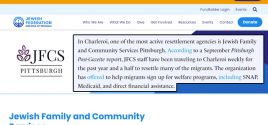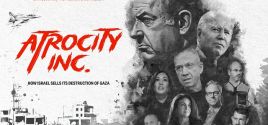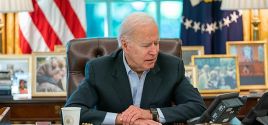Faber Sees '87-Type Crash If U.S. Stocks Rise Without QE3By Betty Liu and Corinne GretlerBloomberg May. 10, 2012 |
Popular 
Chris Rufo Discovers Who is Flooding The Small Town of Charleroi, Pennsylvania With Haitian Migrants

WATCH: New Film 'Atrocity Inc' Exposes How Israel Lied About October 7th to Justify Genocide

Biden on Netanyahu: "He's a F--king Liar"

Netanyahu: Trump Called to 'Congratulate' Me On War With Hezbollah

Trump Visits Lubavitcher Rebbe's Grave With Ben Shapiro for October 7th
 U.S. stocks may plunge in the second half of the year “like in 1987” if the Standard & Poor’s 500 Index (SPX) climbs without further stimulus from the Federal Reserve, said Marc Faber, whose prediction of a February selloff in global equities never materialized. “I think the market will have difficulties to move up strongly unless we have a massive QE3,” Faber, who manages $300 million at Marc Faber Ltd., told Betty Liu on Bloomberg Television’s “In the Loop” from Zurich today, referring to a third round of large-scale asset purchases by the Fed. “If it moves and makes a high above 1,422, the second half of the year could witness a crash, like in 1987.” The Dow Jones Industrial Average plunged 23 percent on Oct. 19, 1987 in the biggest crash since 1914, triggering losses in stock-market values around the world. The Standard & Poor’s 500 Index plummeted 20 percent. The Dow still closed 2.3 percent higher in 1987, and the S&P 500 advanced 2 percent. “If the market makes a new high, it will be a new high with very few stocks pushing up and the majority of stocks having already rolled over,” Faber said. “The earnings outlook is not particularly good because most economies in the world are slowing down.” Read More |



